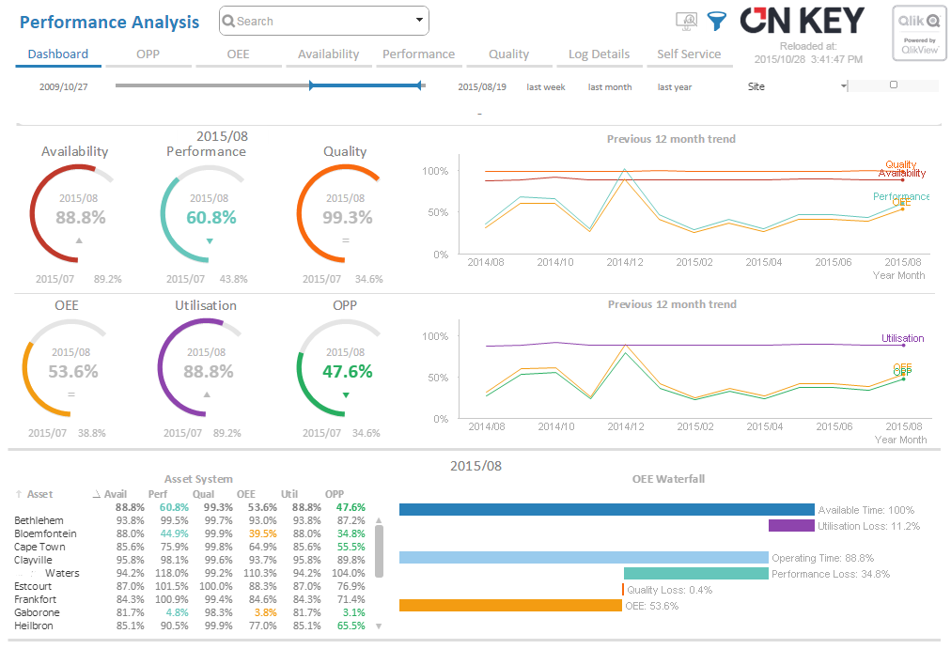
Maintenance work management is all about getting the job done at the right time, with the right people, the right parts and material, at the right technical quality and the lowest possible cost.
Maintenance work management is where all the plans and strategies become reality. It is where maintenance and operational staff meets face to face; it is where the effectiveness of the material management function is tested; it is where the information management systems have to deliver results; it is where the competence of supervisors, planners and craftsmen is demonstrated, and where the success or failure of a computerised maintenance management system is determined.
9 Critical Steps of Work Planning and Control
An effective work planning and control process identifies and validates all the maintenance work to be done; matches the required work with available resources through proper planning; determines when work will be done; allocates work to competent individuals or contractors; ensures that work is done correctly and timeously and captures work details and costs for reporting and analysis purposes.

Benefits
A well-managed maintenance work planning and control process has the following benefits
- Peace of mind that preventive and statutory tasks are being done
- Proper prioritisation of maintenance works according to pre-defined rules
- Improved utilisation of maintenance staff’s time
- Improved coordination between operations, maintenance and MRO warehouse
- Availability of resources and MRO items when needed
- Optimal utilisation of equipment stoppages for opportunistic maintenance
- Stable and predictable environment that cultivates productivity and efficiency